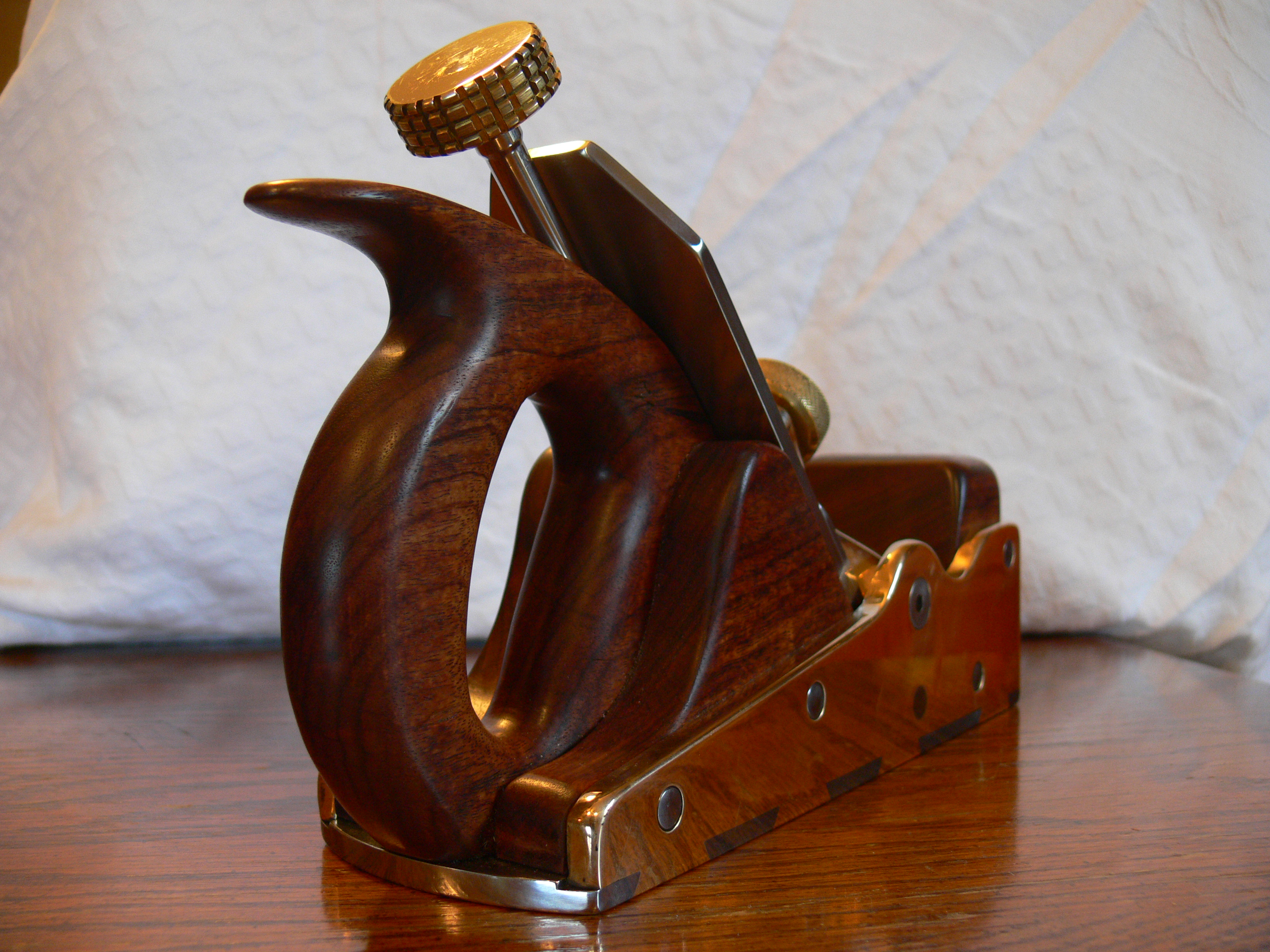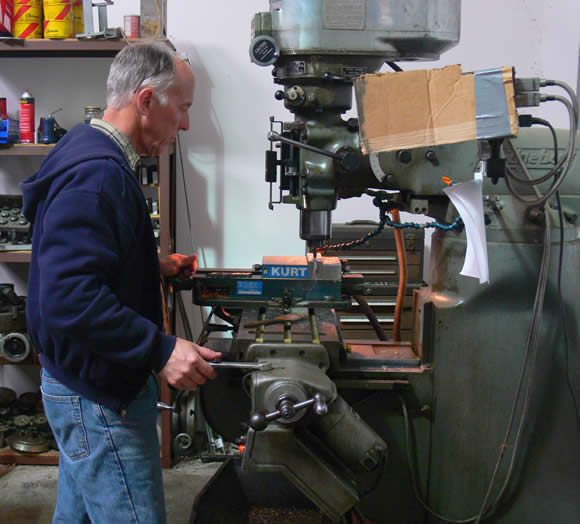I’ve spent most of my life working with tools and machinery. I bought my first tools to work on my car as a kid and learned that having the right tool for the job made a world of difference. Over the next thirty plus years, because of my vocational involvement in aviation and computer related machine shops, I have accumulated a serious collection of tools. Being a long time user of tools, I have come to appreciate the value of a fine quality tool. A well designed tool is a pleasure to use and a worthy investment while a poorly made tool can be frustrating to use and offer no return on your cost. My goal is to make tools worthy of your interest and investment.
The process of manufacturing a tool has both simple and complex aspects. The actual making of a tool, once the pattern is established is the simple part while the design of the tool can be quite a bit more involved than first meets the eye. I am blessed with a number of friends who are very accomplished woodworkers in our local community, truly master craftsmen. With their help on everything from ideas for tools that we might make to the actual testing of prototypes, we take a tool from the concept stage to the finished product. It is this process of fine tuning the subtle details of a tool and bringing them together in a whole that is not only functional, but pleasing to the eye and hand that takes the most effort.
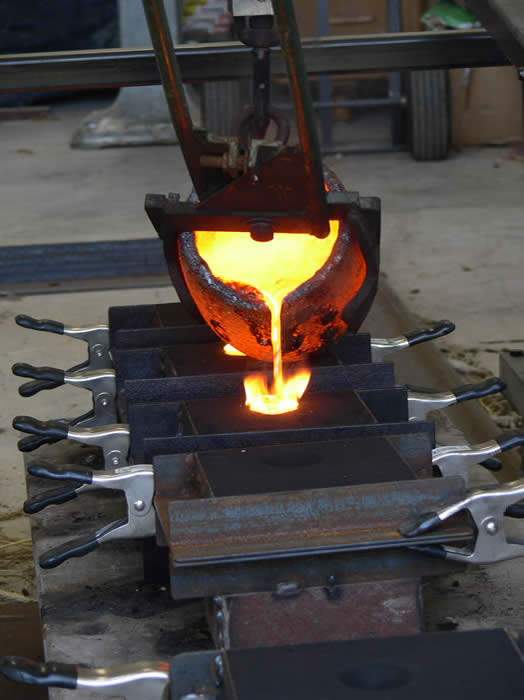
Once all of the details of a pattern are established (I usually make these patterns out of a hard wood such as maple), the actual making of a tool is relatively simple. A mold is made by packing sand around the pattern in two halves which are then separated, allowing the removal of the pattern, and an opening is made to allow molten metal to be poured into the pattern cavity. Bronze is heated in our small propane fired blast furnace until it reaches a temperature of 2000 to 2100 degrees Fahrenheit {it liquefies at about 1850 degrees}. The molten metal is then poured into the mold. It solidifies rather quickly and after cooling further, I “knock” the part out of the sand. The sand mold is destroyed in the process.

Then starts the finishing process where the details of fit and finish, beyond what the “sand-casting” method is capable of producing, are taken care of. De-burring, drilling and tapping holes, honing, milling, grinding and polishing all come together transforming the rough sand-casting into a gleaming tool. After cleaning and assembly, the finished product is boxed and ready for delivery.
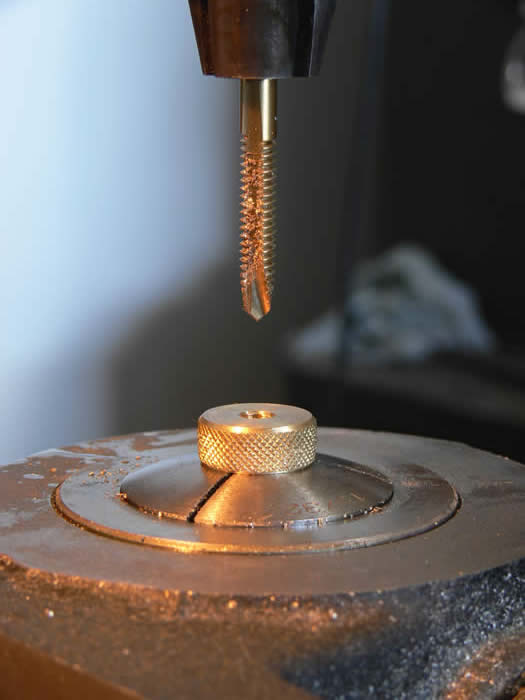
Moberg Tools offers heirloom quality hand tools. along with great customer support – a combination that can’t be beat! Through our commitment, experience, and expertise Moberg Tools offers a relationship with our customers that goes beyond the initial purchase. We stand behind each of our tools with a Lifetime Warranty.
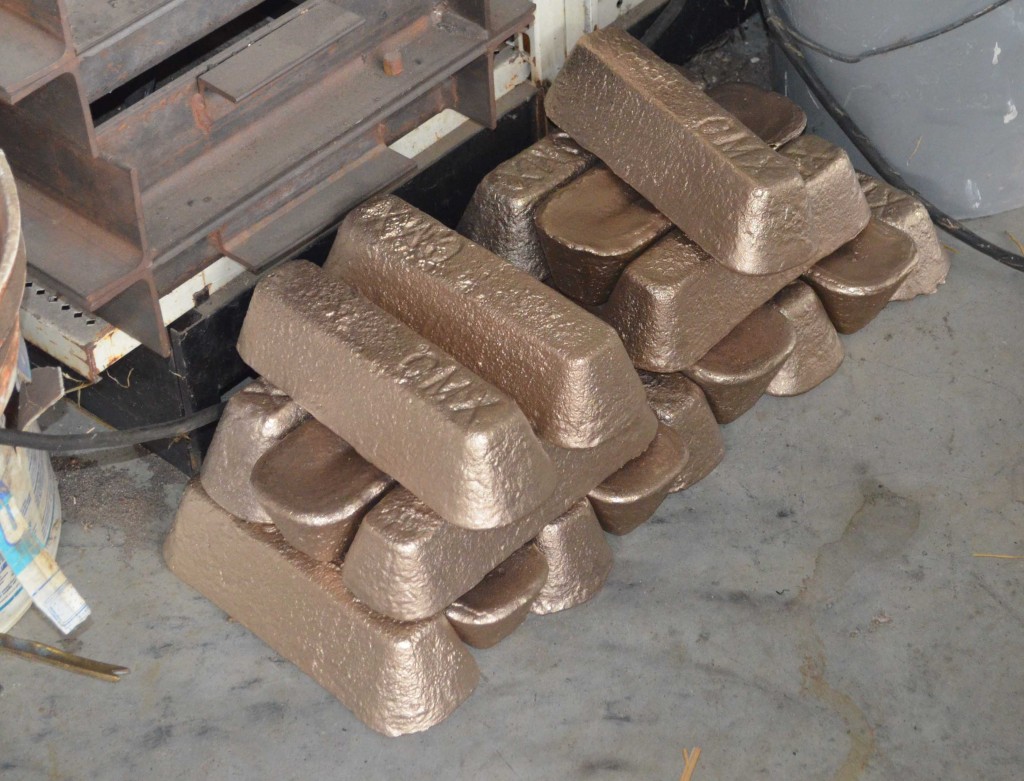 This is what the future tools look like when they first arrive in my shop! Pictured are ingots of 873 Everdur that I typically use for all of my tools. Each ingot weighs between 15 & 22 pounds. What you see here is a little over 300#’s. It looks a little like gold but that would cost quite a bit more than I can afford in those quantities!
This is what the future tools look like when they first arrive in my shop! Pictured are ingots of 873 Everdur that I typically use for all of my tools. Each ingot weighs between 15 & 22 pounds. What you see here is a little over 300#’s. It looks a little like gold but that would cost quite a bit more than I can afford in those quantities!
On the following pages you will find information on our current line of fine wood working tools.
